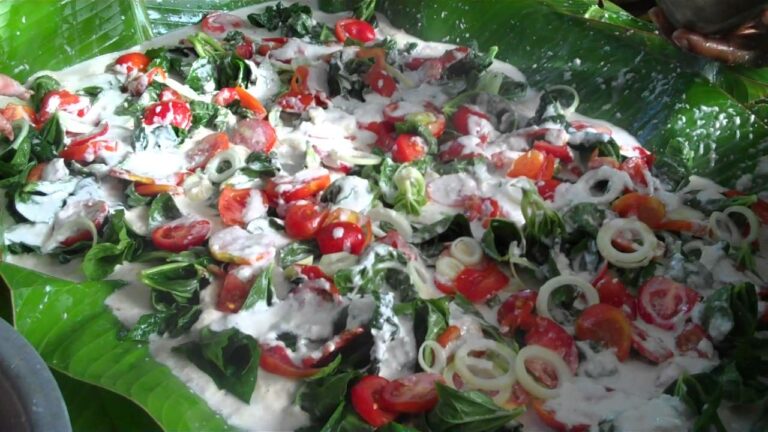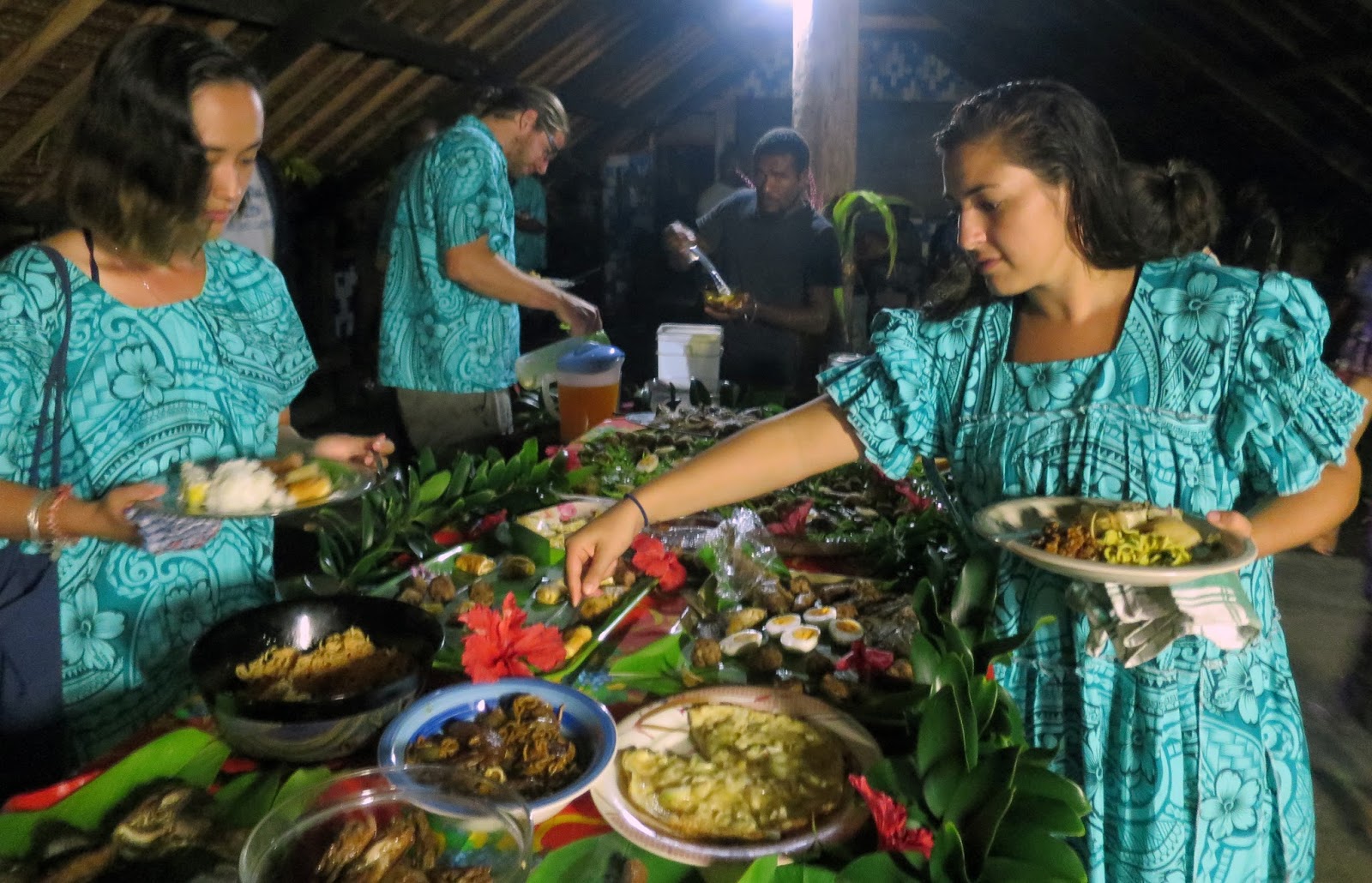Introduction: Vanuatu and its culinary scene
Vanuatu, a small island nation in the South Pacific, is known for its pristine beaches, lush forests, and vibrant culture. But what about its culinary scene? While Vanuatu may not be as well-known for its food as its neighboring countries, it still offers a unique and flavorful experience. From fresh seafood to tropical fruits and vegetables, local dishes in Vanuatu are often made with locally-sourced ingredients and traditional cooking techniques.
But what about international cuisine? Can visitors to Vanuatu find options beyond the local fare? In this article, we’ll explore the options for international cuisine in Vanuatu and where to find them.
Local cuisine in Vanuatu: what to expect
Before we dive into international options, it’s important to understand the local cuisine in Vanuatu. Traditional dishes include lap lap, a type of pudding made with grated root vegetables and coconut cream, and bougna, a meal cooked in an earth oven with a combination of meats, vegetables, and coconut milk. Seafood is also a staple, with fresh fish and shellfish often prepared with local spices and herbs.
Visitors to Vanuatu can find local cuisine in markets, restaurants, and even in villages where locals may offer to cook for them. It’s a great way to experience the flavors and culture of the island nation.
Exploring international cuisine in Vanuatu
While local cuisine is a must-try in Vanuatu, it’s also possible to find international options for those who crave something different. Here are some of the options for international cuisine in Vanuatu:
Asian food options in Vanuatu
Asian cuisine is well-represented in Vanuatu, particularly in the capital city of Port Vila. Visitors can find Chinese, Vietnamese, and Thai restaurants serving up traditional dishes like pho, stir-fry, and curries. There are also sushi restaurants offering fresh seafood rolls and sashimi.
European and American cuisine in Vanuatu
Visitors looking for more familiar fare can find European and American cuisine in Vanuatu as well. Italian restaurants offering pizza and pasta can be found in Port Vila, and there are also Western-style pubs serving up burgers and fries. For those looking for something more upscale, French cuisine is also available, with restaurants featuring dishes like escargot and coq au vin.
African and Middle Eastern cuisine in Vanuatu
While less common than Asian and European options, visitors to Vanuatu can also find African and Middle Eastern cuisine. There is a Moroccan restaurant in Port Vila serving up tagines and couscous, as well as a Lebanese restaurant offering falafel and hummus.
In conclusion, while local cuisine is a big part of the culinary scene in Vanuatu, visitors to the island nation can also find international options. From Asian to European to African and Middle Eastern, there are plenty of flavors to explore in Vanuatu. Whether you stick to the local dishes or venture out to try something new, the culinary scene in Vanuatu is sure to satisfy.




